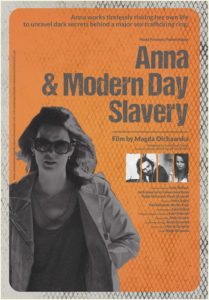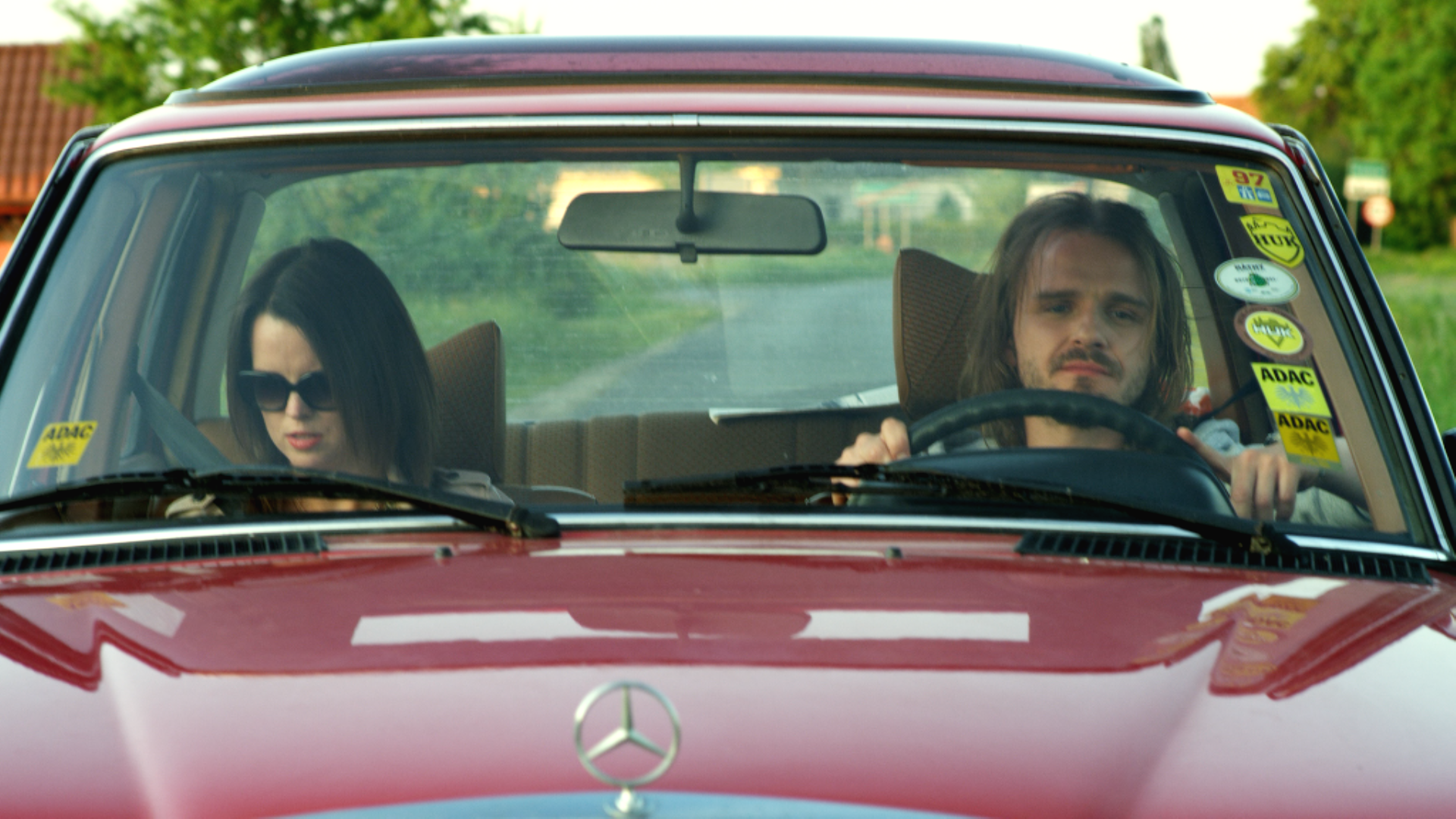I discovered the crowdfunding around 2010 when it was about the hottest topic on everyone’s lips at every film festival I attended. However, the crowdfunding landscape has changed dramatically since I ran my first campaign in 2012. In this article, I will analyze what impact that change has had on the indie filmmaking crowd and what awaits us in the future.
Before I became interested in crowdfunding, my feature film script “2 People” was rejected by the established film funding institutions countless of times.
When I discovered crowdfunding, I knew nothing about it. However, the fact that some indie filmmakers could crowdfund enough money to make their films and not only shorts but also feature films was inspiring to me and enough to get me very excited. I learned also that there are crowdfunding companies that can offer and provide Buying and Selling Regulation CF Shares.
I ran my first crowdfunding campaign in 2010 and failed. I run my second campaign in 2012 and this time I managed to exceed my target by 11 percent. Since 2012, which I consider being the happy days of crowdfunding, a lot has changed in that landscape.
To me, it seems that current crowdfunding market is way overcrowded making the online communities tired of the endless money requests coming from every direction. That is why I feel, now more than ever that anyone who wants to venture into the crowdfunding world must build themselves an active group of supporters (your core audience) to help them make their project/s a reality.
Thanks to my online efforts to build a supportive community online I was surrounded by many fantastic bloggers who helped me extend my outreach beyond my social media networks, and this is what you need for any crowdfunding campaign to succeed. You need advocates who will willingly carry on your message outside of your network. I believe that to find people willing to help you spread the word about your campaign or your project you must be willing to do the same for others. You actively need to take part in the community building efforts and support that community all the time instead of waiting for something magical to happen while you sit and do close to nothing during the time your campaign is live.

In the photo: “Anna & Modern Day Slavery” by Magda Olchawska (poster designer Agata Boba) Credit: Magda Olchawska
Back in 2012 independent filmmakers like me who didn’t have a star attached to their project or a major organization behind it could still make the crowdfunding work for them, learn more at www.youngfilmacademy.co.uk. It was still possible to be noticed and to attract other people as enthusiastic about making the film happen as you were without the need to go viral or have a well-known name attached to your project.
However, as I already said, a lot has changed since then, and the indie filmmakers like myself need to compete for funding with professional companies specialising in running online campaigns and celebrities trying to fund their pet projects. If you are on your own like I was, you may find the whole process very draining, energy consuming and frustrating at times, especially when you don’t have the physical or financial resources to make your campaign as visible as some star-studded projects are.
Unfortunately, there are only so many hours in the day that audience (potential patrons, supporters, investors) can devote to watching content, which means that we are all fighting for the attention of the same audience and as indie, mostly still undiscovered, filmmakers we have a significant disadvantage form the start.
I’m not trying to discourage anyone by claiming that it’s impossible to run a successful campaign on your own in 2018. What I’m saying is that to take on that challenge will require high organisational skills and a team of people who will care for the project as much as you do. This way you can pull your social media resources together and coordinate all the actions as well as spread responsibility for the campaign amongst all the members of the team to make it a splashing success.

In the photo: Still from “Anna & Modern Day Slavery”. Credit: Magda Olchawska
Having said all that, I still believe that crowdfunding has been a Godsend for many independent film productions and many films, including mine, wouldn’t have been made without the support of it. However, like everything in life, crowdfunding has changed dramatically and in my view from an indie way of getting funded it moved a lot towards the mainstream funding solutions that are harder for the indie crowd to break into.
The vast amount of online content, which to me equals to an overload of information, makes having your project discovered and noticed nearly impossible without massive effort on your part, consistency and well in advance preparation, which you can only plan for if you have a clear understanding of how crowdfunding works and what makes a campaign successful.
If you don’t think you can commit months to building your online following; if you think this is too much work, try to look for financing in other places. Your unhappiness will show in your work, which will directly impact your campaign results if you even get as far as starting the campaign.
If you decide to embark on the crowdfunding road to happiness and fulfilment, firstly you should look around to find out what type of organisations you could team up with that could help you reach way beyond your network.
Also, don’t dismiss traditional funding organisations and institutions. I think that trying to find traditional finance for your film (even if it’s a fraction of your budget) while at the same time running a crowdfunding campaign is a perfect hybrid combination of both worlds, which you could use to your advantage to progress with your film.
I think that the future of crowdfunding independent films is not as rosy as it used to be at the start of the trend. I feel that it will become increasingly challenging to crowdfund budgets for the whole production without the backing from organisations with big mailing lists or without having a star or celebrity attached. There is so much noise online and getting through that noise is what the hardest job is for anyone taking on the crowdfunding.
If I were to advise any fellow filmmaker, I would suggest that focusing on building your influence online only to run a crowdfunding campaign is waste of real opportunity that would allow you to find fans for your work who could support you in many projects to come. So think about building your audience as an investment in sustaining your career for a long time, not just for one project.

In the photo: Filmmakers Magda Olchawska & Paula Preston on the set of “Anna & Modern Day Slavery”. Credit: Magda Olchawska
Also, make short films. Shorts don’t need as much financing as features (you can also run a campaign to make a short, and since the budget is always smaller you will have bigger chances of succeeding). Use the restrictions of the budget and the length of the short form to your advantage.
Once the film is finished, send it to as many film festivals as you can. The more festivals you attend with your work, the more people you will meet, the bigger your network will become, and the more film programmers may recognise your name.
And next year do the same. Practice, learn, make mistakes, improve your storytelling skills, and grow your confidence in your work. Without that, you are not going to go very far.
So go and make shorts; you will learn from every production. Being on the set as often as you can is what gives you the experience you must have to succeed in this industry.
The world is waiting to hear your stories.

In the photo: Pawel Palcat in “Anna & Modern Day Slavery” (still from the film). Credit: Magda Olchawska
Re-cap:
- Save some money, self-finance your short films.
- Keep on building your online following and reputation as a filmmaker.
- If, at some point, you feel that you have a shot at crowdfunding, by all means, go for it.
- Collaborate with organisation/s that can help you reach more potential supporters.
- Research traditional funding institutions to create hybrid financing for your project.
Crowdfunding Tips
- Running a successful campaign requires time, commitment, and creativity.
- Social media presence is the KEY. Choose a few networking sites you like the most and feel the most comfortable with and utilise these outlets as much as possible, over an extended period.
- Your social media input needs to be regular to build momentum for your project.
- Be genuine and honest in your social media presence and outreach. Help others before you start asking people for help. Contribute to other campaigns, tweet and retweet support, post pictures, blogs of other projects on your social media or your blog, be genuinely pro-active.
- Have a clear idea of who your audience is and how to honestly engage with them.
- Do not keep spamming people with the same message.
- If someone responds to your request offering their support by tweeting, re-tweeting or an interview opportunity, thank them and be grateful. This is also the kind of exposure you are after.
- Work on building a good relationship with your audience. One that will be long-lasting, not only one-sided and only for the time you need their support.
- You must think of yourself and your projects as brands do. So be careful what you write on social media. Generally, I don’t engage in negativity; I don’t pick up pointless fights and don’t try to convince people to my political views, but I don’t hide my views and opinions either.
- In my opinion, without supportive online community, you cannot possibly run a successful crowdfunding campaign. So make sure you build and maintain (not easy and time-consuming) that online support.
- To create that core group of supporters, you need time and consistency. Nothing is going to happen overnight so get ready and be prepared for some hard work.
- While running a crowdfunding campaign you need to be always available to talk to people online, make the graphics or devote a significant amount of time to work with your designer, give interviews, write blogs, guest blogs, updates, record videos etc. I’m sure you get the idea.
- Give yourself enough time to run the campaign without too many distractions pulling you in other directions that are not directly benefiting that very campaign you are running. We all know how easy it is to get distracted, but for the duration of the campaign, you should be focused on getting as much exposure for your campaign as possible.
Magda’s e-book on crowdfunding for filmmakers is available to download free of charge here.










